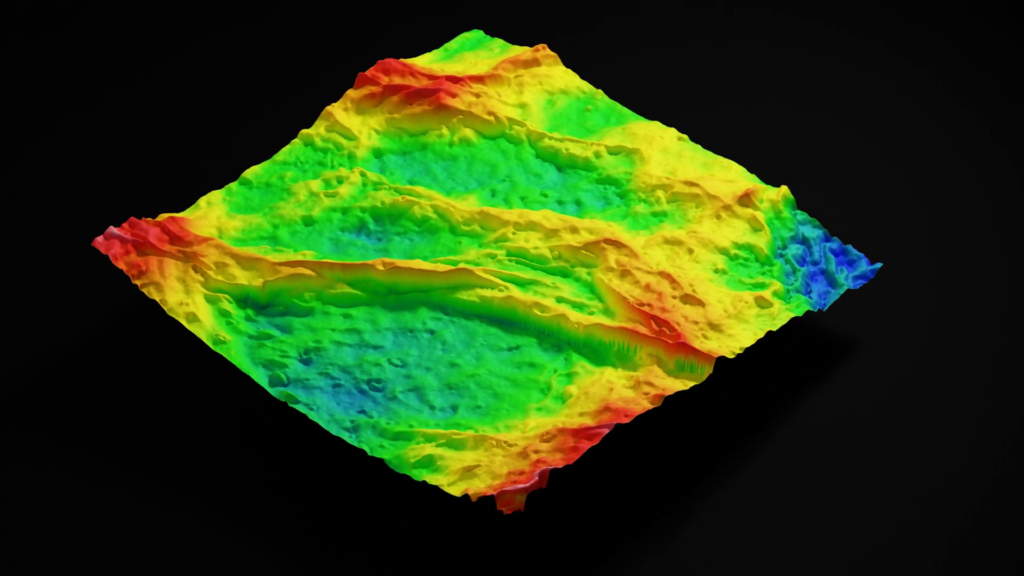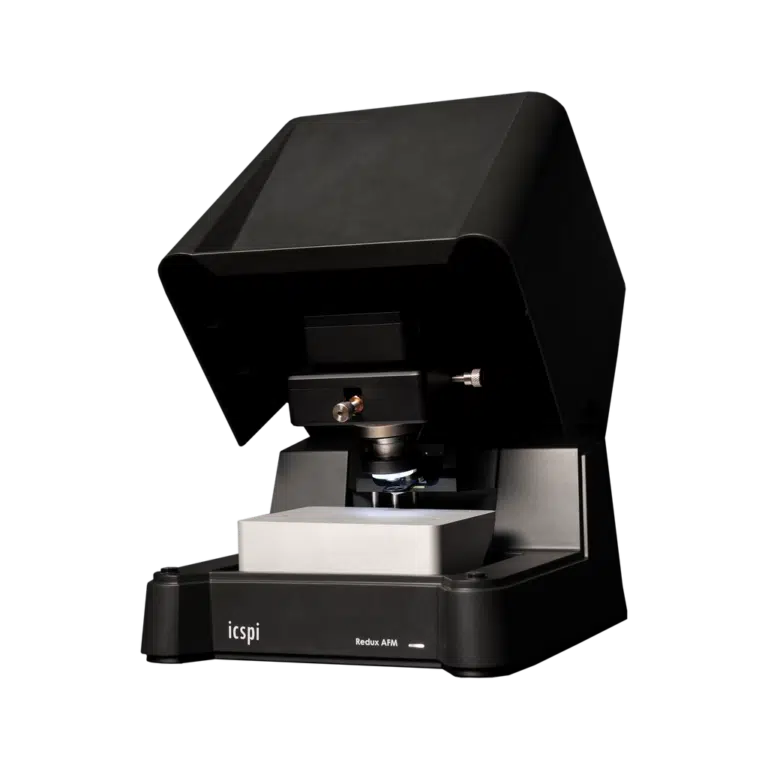AFM for Topography
Analysis
Comprehending surface topography plays a pivotal role in numerous scientific and industrial fields, offering vital insights that enhance product performance and drive improvements in manufacturing processes, thereby boosting both quality and cost-efficiency. Atomic Force Microscopy (AFM) emerges as an exceptionally adaptable tool for topographical measurement and analysis. Its capability for high-resolution imaging in three dimensions, along with minimal sample preparation requirements and a non-destructive approach, renders it extremely valuable.
In this field, the nGauge and Redux Atomic Force Microscopes stand out, marrying unmatched precision, adaptability, and ease of use for looking at topography. Their proficiency in accurately mapping topographies from the single nanometer to the tens of micrometers scale makes them indispensable in both research and industrial contexts.
Techniques such as optical microscopy and scanning electron microscopy (SEM) have been used to gather topographical data but are limited in a number of ways. Optical microscopy is limited in its resolution capabilities being bound by the wavelengths of visible light. SEM demands more complexity in operation as well as more arduous and potentially destructive sample preparation to scan non-conductive samples. Both still struggle with obtaining vertical resolution data.
AFMs, on the other hand, excel in providing detailed, quantitative three-dimensional topographical data through a direct mechanical contact scanning method. This ability is particularly advantageous for a thorough understanding of surface finishes, unique geometries, and potential anomalies. Such in-depth data is vital across various applications, from semiconductor manufacturing to materials science research.

The effectiveness of our AFMs in topographical analysis is exemplified through an analysis of skin cells. The collected data allows for the creation of a detailed 3D map, highlighting specific areas of interest. For instance, in this skin cell scan, it becomes possible to identify and analyze features like keratin filaments and their heights, a task that would be challenging with optical microscopy or SEM due to their limitations in vertical resolution data collection. AFM enables a deeper exploration of the intricate topographical details of a sample.
In conclusion, AFMs are outstanding tools for topographical measurement. Their advanced capabilities in capturing detailed three-dimensional surface data, along with the precision and user-friendliness of our models, make them crucial instruments for scientific research and industrial applications.
Our AFMs – the nGauge and Redux – surpass and complement traditional techniques in providing richer, more accurate data, and enhance the efficiency and reliability of topographical analysis, solidifying their role as critical technologies in the field of nanoscale material investigation.
Compared to legacy AFMs, our systems provide much faster time-to-data combined with greater ease of use in a small form-factor. Our systems do away with traditional laser alignment and manual approach systems in favour of an automated micro-electromechanical-based system (MEMS) that greatly reduces the burden on the user. Our AFMs can live right on your benchtop and unlock your full capabilities.
Speak with an expert
Interested to learn more about how AFM can provide insight on the topography of your samples at the nanoscale?

